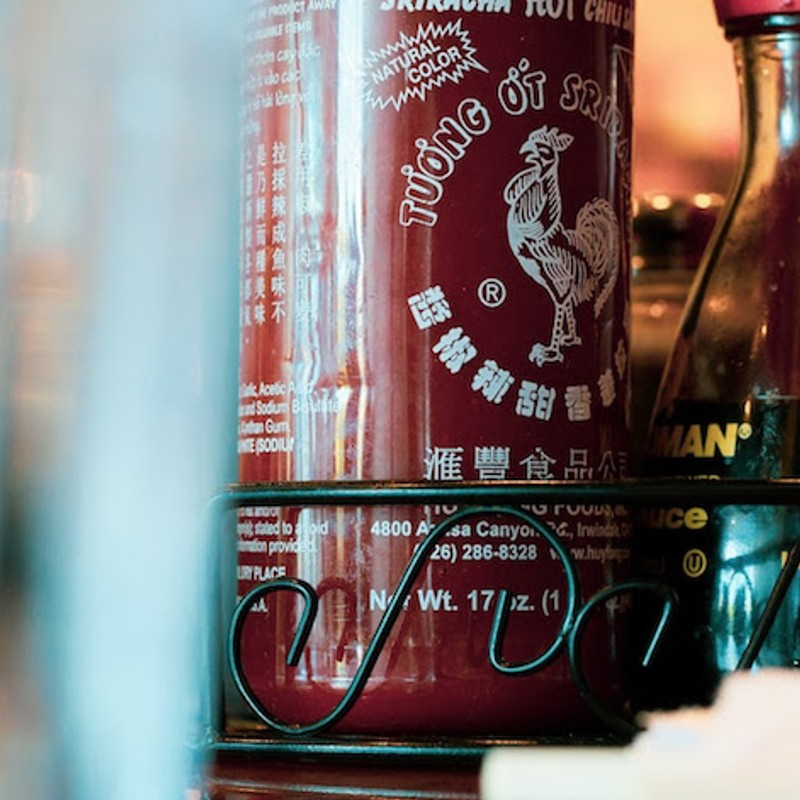Published:
A Sriracha shortage has struck the aisles of supermarkets all across the world. Although this issue has only recently come into the spotlight, this fan-favorite hot sauce, in its green-capped bottle, has been hard to find for years. The sauce's parent company Huy Fong Foods does not have enough of one of its key ingredients, jalapeno chili peppers, to make its product, and supply chain issues may be to blame.
Pandemic-era supply chain shortages forced many people to go to extreme lengths, such as hoarding or paying excessive prices, to obtain their favorite products. The globe is seeing this phenomenon yet again through some hot sauce lovers.
Sriracha is made using a particular pepper that grows in southern U.S. and northern Mexico regions. Red jalapeños require constant irrigation and are only grown in the year’s first four months. Huy Fong Foods sources its chilis from multiple suppliers throughout Mexico, where severe drought conditions have led to water shortages in many cities and towns.
Tabasco, a similar company that also uses these peppers, has scaled up its production to meet a surge in demand. George Milton, co-founder of Yellowbird, another hot sauce maker, said he has had to rely on multiple suppliers to get his ingredients. Yet, Craig Underwood, owner of Underwood Ranches, has said he has no trouble getting jalapeños from Mexico.
In 2020, Huy Fong Foods and many other companies experienced an ingredient shortage, leaving them to feel the repercussions in their inventories. The pandemic’s beginning left manufacturers unable to produce items such as electronics because several core components come from overseas. Many companies were strongly susceptible to supply chain shocks, and those in the agricultural industry are beginning to feel the effects of this.
According to the Mexican government, the United States is the top importer of Mexico’s agricultural products, increasing by 14% in the past year. Pepper exports totaled 144 million dollars in the past four years, their sixth biggest export, yet Mexico registered an 8.5% drop in the first quarter of 2022.
This Sriracha shortage may be the start of many, however. Changing weather patterns, which are becoming more prominent in recent years, have proven to be a blockage in fortunate farming. Such events play a significant role in food production, as they determine how well crops will grow and the accessibility of resources. A prolonged drought or immense rainfall results in catastrophic consequences on soil health and other necessary components for successful harvests, leading to higher prices in global commodity markets and increased crop prices.
Issues like drought are not only affecting locations such as Mexico and regions of the United States, however. Somalia is currently in one of the biggest food crises in the world, facing its fifth consecutive failed rain season with a pending sixth shortly to be seen. The economy cannot sustain what it once was due to their booming banana and livestock exports, seen in the 2% average increase in their GDP from 2013 to 2020.
With the continuation of the drought, prices will likely increase for other foods from Mexico and the southern United States, such as avocados, tomatoes, and meat. Wholesale buyers will continue to be in short supply of the necessary peppers, and, even though experts predicted supply chains would normalize after the pandemic-caused economic shift, issues will continue for the near future. Product availability will remain unknown, with only time being able to tell what will happen to the world’s crop production.
File under






